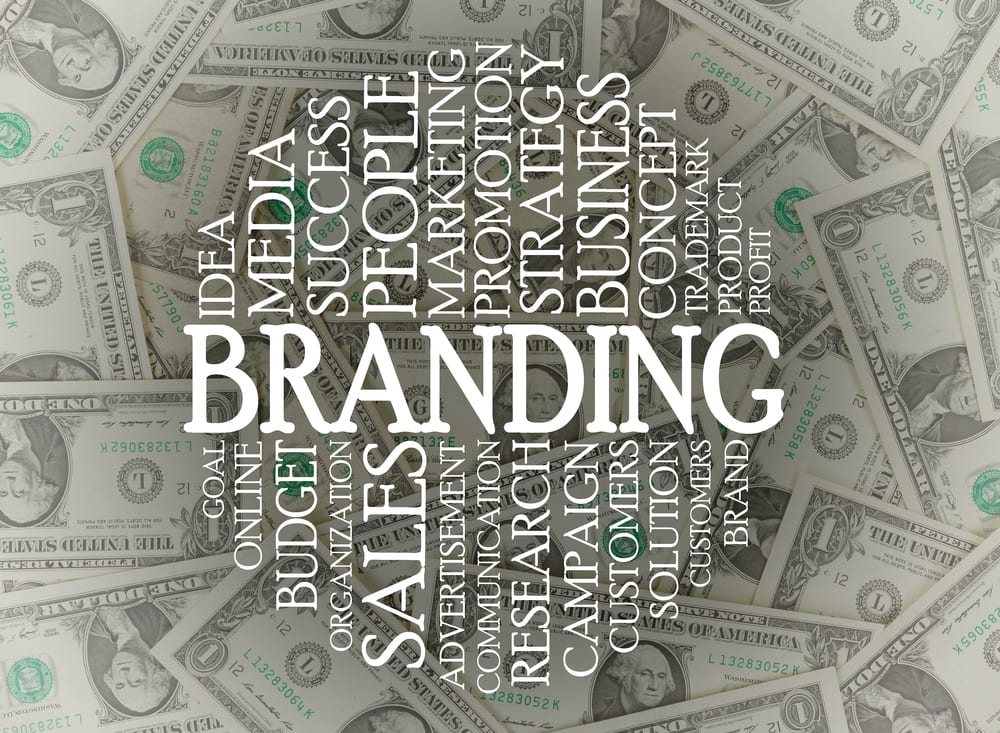Brand management can be a deciding factor in the success of your fledgling company. Yet it often gets overlooked in the mad scramble to get a company up and running, when business planning, product development and fundraising take precedence. All too often, though, I see the fallout from bad brand management—when I’m asked to help repair the damage.
Let’s first clarify what branding is not:
- It is not a one-time event
- It is not corporate identity
- It is not the design of a logo
- It is not packaging design
You have a brand that is and ever-evolving, whether you are managing it or not
Think of your personal brand as your true character and the kind of presence you have. It’s what people say about you when you’re not there, based on their interactions with you. So, if you are seen to be smelly, scruffy and rude, your brand isn’t as successful as if you are considered to be clean, well-dressed and polite—unless you want to be Basil Fawlty.
Branding emanates from the core of your company and pervades the entire operation—the people, values, philosophy, products, services, décor, canteen, accounts, etc. Done well, it brings out all of your company’s best qualities and allows you to manage the weaknesses. It identifies the company coherently, consistently and, most of all, authentically. This builds trust, fosters loyalty, eases transactions, clarifies communications and more.
People have confidence in knowing who you are and everything about your company makes sense to them, whatever their interaction with you may be. There are no uncomfortable gaps or disturbing anomalies that give them cause for concern. When your brand is strong and healthy, you’re naturally and intuitively perceived as the best company to deal with.
Conscious branding is a step-by-step, dynamic process
The first step is for everyone in the company to clearly understand what the company brand is and to be fully on board with it. The second step is living and breathing the brand, which is not the same as putting a badge on the company and proclaiming values that everyone must adhere to. Nor is it a turgid ‘mission statement’ posted on the office wall that management hopes will act as a quality-control mechanism.
Good branding starts with a common mission that everyone in the company owns for themselves. It sits on a strong brand foundation that is thoroughly engineered and communicated to the company’s universe, coherently, consistently and authentically.
The high cost of brand ignorance
A startup or an SME, driven by passion, pressures and performance anxiety, may find little time to focus on branding but, sooner or later, they will have to face the consequences of not doing so. Typically, the first three years are the most crucial in a company’s existence. Within that time frame, 95% of companies fail, which is amazing when you think of all the expertise, advice and assistance that’s available these days. There may be many reasons for a company failing, but a lack of attention to branding is often a key factor.
Here are two examples of what I am talking about:
Company A
This company started with a bold product idea that caught on well with the market. Within two years, they had landed dream accounts with national players, had ramped up production to meet retailer demand and were flying high. Then the problems hit. Repeat orders weren’t coming through and tons of product were sitting idly, accumulating storage fees. Why had this happened?
They hadn’t thought through the brand properly. The customer that bought from the retailer hadn’t been engineered into the brand, probably because an assumption was made that merely being on the large retailers’ shelves would be enough. Clearly, it wasn’t, so now the race was on to build a relationship with the customer, who didn’t know the company at all.
Company B
This one had a charismatic leader—a successful ‘serial entrepreneur’. He’d positioned his newly acquired company to take advantage of a huge but narrow window of opportunity, which his much bigger competitors couldn’t address as they could not be as agile or responsive to the situation. Having spent huge amounts of investors’ money setting up a national infrastructure, as well as technical and sales teams, he failed to get the necessary traction. And he gave his competitors time to develop alternative and better products that locked him out of most of the market.
Here, the leader’s flamboyant, inconsistent and dominating management style contributed to poor personnel relations within the company and a misunderstanding of the customer base. This led to inconsistencies in communications and no foundation for trust in the brand.
Grasp your brand opportunity!
Every company is unique and so are their branding requirements. But it is important to maintain a conscious and structured approach. Branding is also a highly creative activity that, ideally, energizes and unites people, making your company stronger, more focused and more dynamic. Inspiration can be drawn from well-known companies who became well-known precisely because they do it so well.
Apple, Google, BMW, Coca-Cola, Ikea and so many others have established themselves firmly in their customers’ consciousness— precisely, intelligently, purposefully and successfully. There’s no magic formula. Every company has to do it their own way because, ultimately, it’s just about being authentically, brilliantly and consistently your unique best!
What measures are you taking with your branding to ensure that you are among the 5% whose companies survive and thrive?
Did you like this article?

- Please share it with your network, we’d really appreciate it!
- Would you like to write for Tweak Your Biz? Or sign up for our RSS?
- An outstanding title can increase tweets, Facebook Likes, and visitor traffic by 50% or more. Generate great titles for your articles and blog posts with the Tweak Your Biz Title Generator.
Connect with Tweak Your Biz on: 


Images: ”Branding word cloud on top of american dollars / Shutterstock.com“


